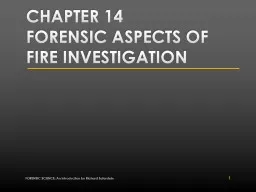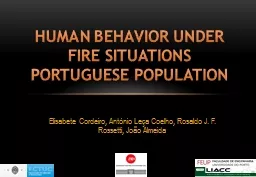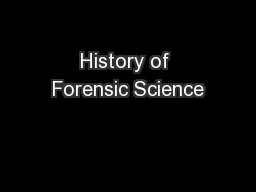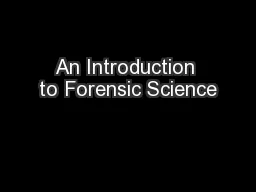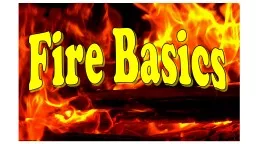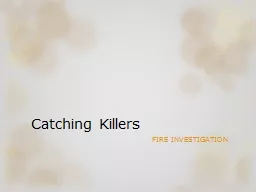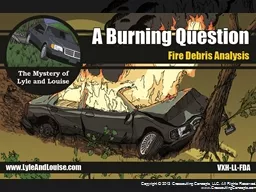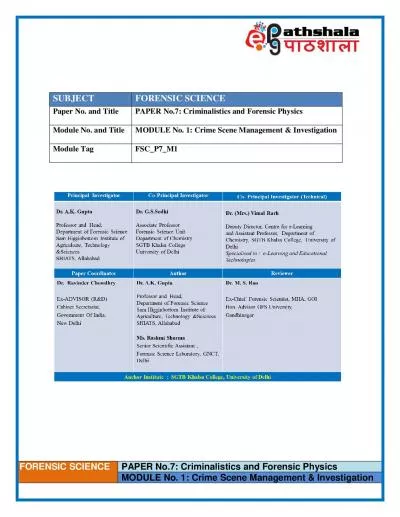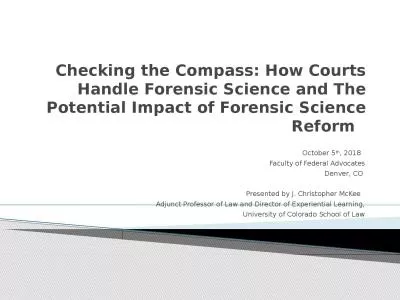PPT-Chapter 14 FORENSIC ASPECTS OF FIRE INVESTIGATION FORENSIC SCIENCE: An Introduction by
Author : lindy-dunigan | Published Date : 2019-11-03
Chapter 14 FORENSIC ASPECTS OF FIRE INVESTIGATION FORENSIC SCIENCE An Introduction by Richard Saferstein 1 Introduction Arson investigations often present complex
Presentation Embed Code
Download Presentation
Download Presentation The PPT/PDF document "Chapter 14 FORENSIC ASPECTS OF FIRE INVE..." is the property of its rightful owner. Permission is granted to download and print the materials on this website for personal, non-commercial use only, and to display it on your personal computer provided you do not modify the materials and that you retain all copyright notices contained in the materials. By downloading content from our website, you accept the terms of this agreement.
Chapter 14 FORENSIC ASPECTS OF FIRE INVESTIGATION FORENSIC SCIENCE: An Introduction by: Transcript
Download Rules Of Document
"Chapter 14 FORENSIC ASPECTS OF FIRE INVESTIGATION FORENSIC SCIENCE: An Introduction by"The content belongs to its owner. You may download and print it for personal use, without modification, and keep all copyright notices. By downloading, you agree to these terms.
Related Documents

